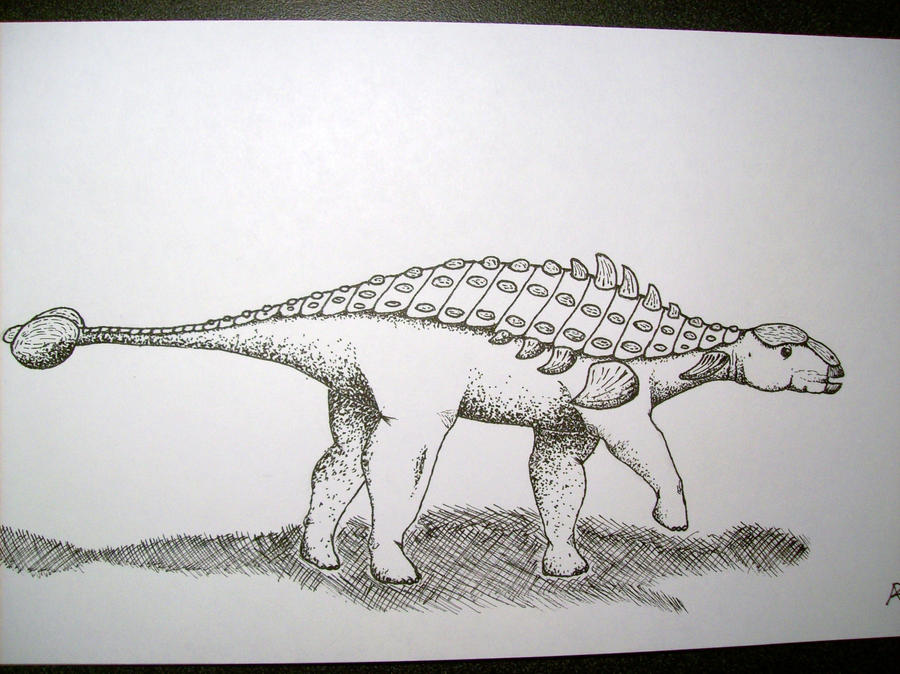It's a common misconception that art and science are totally separate fields: scientists aren't interested in "pretty things" outside of their field of study, and "artsy" people are simply not interested in science. From my own experience, though, this is totally false. There are whole branches of art that devote themselves to science. One in particular that I am familiar with is paleoart, or art about prehistoric creatures and the distant past of planet Earth.
 |
Scientific Illustration of a Trilobite
(c) AB Paleoart |
Most paleoart falls into two main categories: scientific illustration, and reconstruction. Both of these are extremely valuable, but for very different reasons. (
Continued below the break...)
Scientific illustration aims to create as accurate an image of an actual bone or fossil as possible. In many cases, it's better than a photograph. Photos of fossils are often too "busy", and the object of interest gets lost in the surround matrix. Other times, fossils are very incomplete, and a photograph, which accurate, doesn't give a useful image of the fossil. In yet other circumstances, even when fossils are fairly complete and clean of confounding rock, they can simply be too intricate for a good photo. Scientific illustration takes out confusing color, and focuses directly on the fossil itself. It can clarify details, or outline the complete shape of an incomplete bone. It can also emphasize pathologies, such at bite marks, healed breaks, or diseased growths. In small fossils, scientific illustration can enlarge the fossil almost indefinitely, to reveal tiny details. In reverse, it can shrink large fossils down to a manageable size without losing intricacy. Usually, scientific illustration is done with pen and ink, as this is a versatile, clean medium that reproduces well, and is black and white, so there's no problem of color. This is the type of art you'd find in publications describing new fossils, and can be considered one of the most "scientific".
 |
Recontruction of an Ankylosaurus
(c) AB Paleoart |
The other important type of paleoart is reconstruction. This can take a huge number of forms, and varies wildly on the scale from science to art. Some reconstructions, like the one to the right, aim to mimic scientific illustration of modern animals, despite the obvious problem of there being no living dinosaurs to actually draw. Other reconstructions recreate the environment that a creature lived in, adding scenery and color. There are also paleoartists that create three-dimensional reconstructions, aiming to really bring the dinosaurs to life. The restrictions on reconstructions are much weaker than those on scientific illustration, and so allow for even more artistic expression, while still being of value to science.
 |
Reconstruction of a Spinosaur
(c) AB Paleoart |
To be clear, there are many, many examples of paleoart that blur the distinction between scientific illustration and reconstruction, and even more examples that don't fit into these two artificial categories. They simply make it easier to understand the interplay between the science and the art. Paleoart, and the numerous other "science arts" that exist, help to inspire the public, by taking complex, often confusing topics and presenting them in an elegant, intuitive, and very beautiful ways.
Post inspired by Mad Art Lab.
All artwork copyright AB Paleoart. Do not use without permission of artist.









